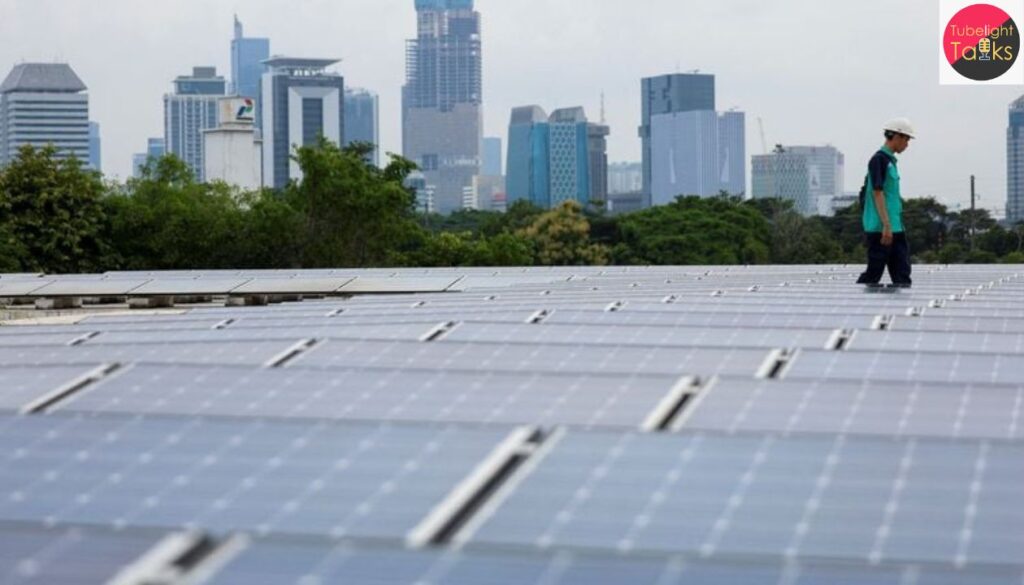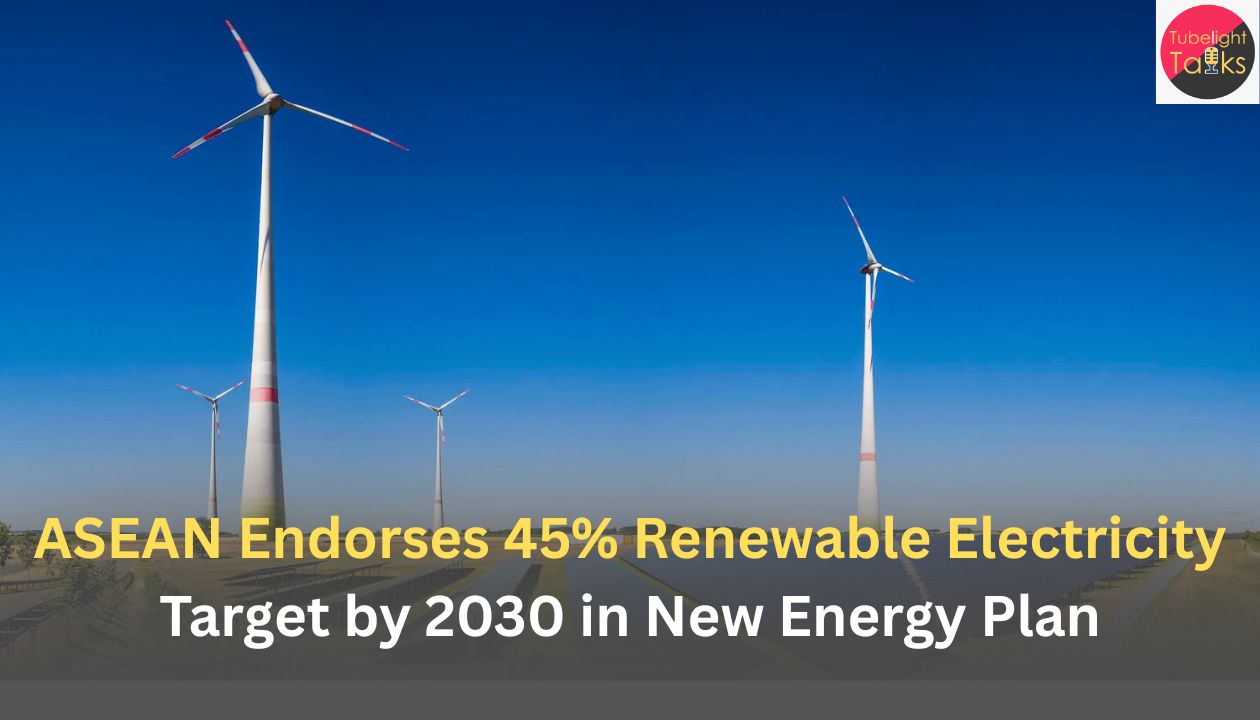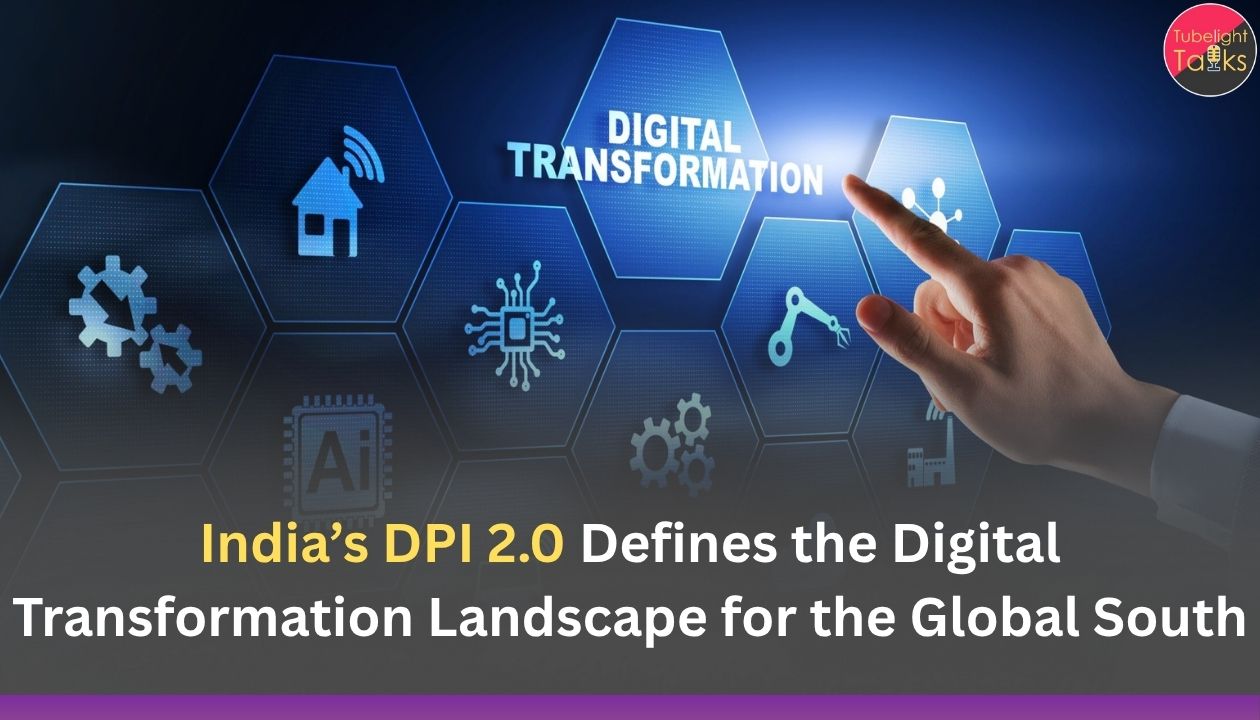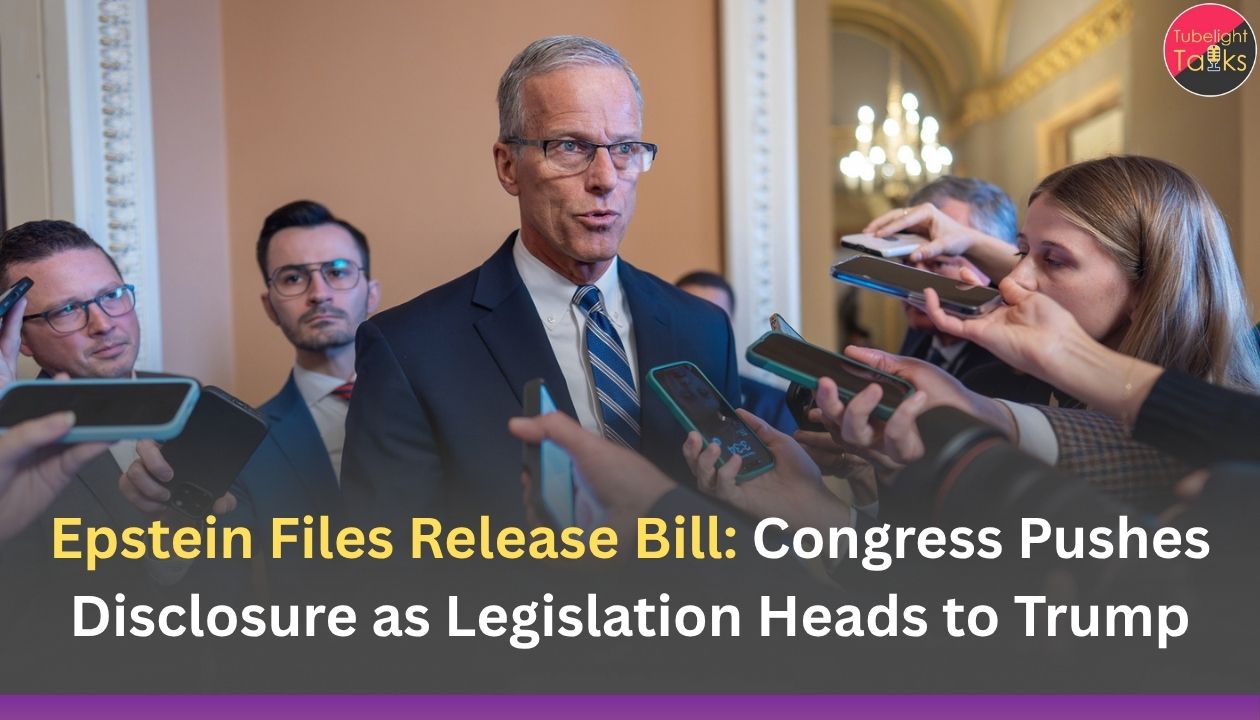ASEAN Endorses: Under Malaysia’s chairmanship, ASEAN’s energy ministers approved the APAEC 2026‑2030 during their recent meeting. The document sets the region’s next five‑year roadmap for energy collaboration, policy coordination and clean energy investment.
Key Targets
The new targets include:
- 45 % of installed electricity capacity to come from renewable energy by 2030.
- 30 % of total primary energy supply (TPES) to be from renewables by 2030.
- Reduction of energy intensity (energy used per unit of GDP) by 40 % compared with 2005 levels.

Why This Matters for Southeast Asia
Region’s Energy Demand & Fossil Dependency
Southeast Asia is one of the fastest‑growing energy markets globally, driven by rising populations, industrialisation and urbanisation. Historically, however, coal, gas and oil have dominated the region’s electricity mix. The new plan signals a strategic pivot toward renewables and efficiency.
Climate Vulnerability & Global Role
With climate risks high—sea‑level rise, extreme weather, and deforestation—the region’s shift to renewables aligns with global efforts to limit warming. ASEAN’s targets also matter for international investors, supply chains and technology flows.
Implementation Realities & Challenges
Financing the Leap
Achieving 45% renewables will require massive investment in generation, grid infrastructure, storage, transmission and regulatory reform. Analysts note funding gaps, high up‑front costs and financing risk remain significant hurdles.
Grid and Infrastructure Constraints
Renewables like solar and wind are growing, but integration into existing power systems remains complex. Issues include grid stability, curtailment, cross‑border interconnection and transmission losses.
Policy and Institutional Alignment
ASEAN comprises diverse economies – from Singapore to Laos – with varying capacities, regulatory regimes and financial resources. Harmonising policies, standards and incentives will be essential.
Fossil Fuel Transition & Social Impacts
Phasing down coal and gas while scaling up renewables affects jobs, communities and national revenue systems. Managing a just transition will be critical.
Opportunities Ahead
Clean Investment & Green Technology
The roadmap opens opportunities for solar, wind, battery storage, offshore wind, hydropower, smart grids, and energy‑efficiency services. The region may become a magnet for clean‑tech investment and industrial scale‑up.
Regional Connectivity & ASEAN Power Grid
ASEAN’s vision includes cross‑border energy trading and integrated regional grids (“ASEAN Power Grid”). Enhanced cooperation could lower costs, improve security and support renewable spread across the bloc.
Leadership on Clean Energy Diplomacy
By raising the ambition bar, ASEAN signals to global climate dialogues, multilateral finance and supply‑chain partners that the region is ready to play a stronger role in the energy transition.
Clean Energy & Collective Progress
From the teachings of Sant Rampal Ji Maharaj and the idea of satgyan (true knowledge), sustainable progress lies not only in technology or capacity but in conscious, inclusive upliftment of humanity. The ASEAN energy blueprint reflects this ethos when it envisions abundant, clean electricity for all—blending environmental care, human dignity and equitable growth. When energy systems serve life, communities and climate rather than just profits, true progress is achieved.
What to Watch in the Coming Years
Mid‑Term Reviews & Reporting
Will ASEAN countries publish transparent progress metrics on capacity additions, investment flows and energy‑intensity reductions?
Project Pipeline and Financing Commitments
Watch for announcements of large‑scale solar/wind projects, regional grid deals, storage deployment and public‑private financing partnerships.
National‑Level Policy Implementation
How will individual member states translate regional targets into domestic legislation, incentives, regulations and infrastructure roll‑out?
Just Transition & Socio‑Economic Safeguards
How will ASEAN manage labour transitions, fossil‑asset retirement, energy access for remote communities and equitable distribution of benefits across member states?
Also Read: Timor-Leste Joins ASEAN as 11th Member State in Landmark Decision
FAQs: ASEAN New Energy Action Plan
Q1. What is the APAEC 2026‑2030?
It is the ASEAN Plan of Action for Energy Cooperation covering 2026‑2030, setting regional energy targets and cooperation frameworks among ASEAN member states.
Q2. What is the 45% target?
ASEAN member states have agreed to aim for renewable energy to account for 45% of installed electricity capacity by 2030.
Q3. What is the 30% target in primary energy supply?
The plan aims for renewables to make up 30% of total primary energy supply (TPES) in the region by 2030.
Q4. Why is reducing energy intensity important?
Energy intensity indicates how much energy is used per unit of economic output. A 40% reduction from 2005 levels implies using energy more efficiently, supporting growth with less waste.
Q5. What are the main obstacles to achieving these targets?
Primary challenges include financing large‑scale investment, upgrading grids, harmonising policy across diverse member states, ensuring just transition from fossil fuels, and maintaining pace with demand growth.










